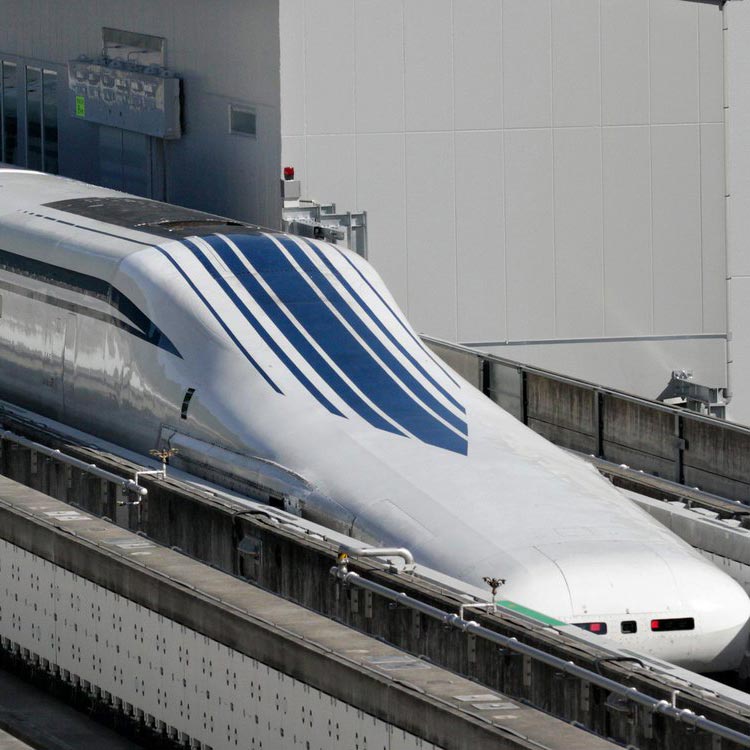Recent Post

Magnets in Restaurant Kitchens

Global supply challenges and HYAB’s role

Electromagnets – a more controllable magnet

Magnetic filtration in the process industry

Sheet metal handling – Easier with magnets
The use of magnets in the worlds fastest trains
Published: 2023-03-04 11:54:46 • Daniel Gårdefelt
Magnets in rail transport have changed the way we think about trains. Magnetic levitation, or maglev, is a ground-breaking technology that allows trains to levitate on a magnetic field and move at incredible speeds. In this post we will look at the benefits of using magnets in rail transport.
What is Maglev?
Maglev is a method of rail transport that allows the train to float above the track using powerful magnets. The train is driven by magnetic forces and never comes into contact with the track, resulting in less friction and higher speed. Maglev trains can reach speeds of 600 km/h, making them the world's fastest trains.
How does Maglev work?
Maglev trains work by using two separate magnet systems, one on the train and one on the track. A repelling magnetic force generated by the track's magnets lifts the train above the track. A magnetic field formed by the train's magnets interacting with the track's magnets propels the train forward. The lack of physical contact between the vehicle and the track minimizes friction, allowing the train to run at high speeds while consuming less energy.
Advantages of Maglev
1. Speed
Maglev trains are the world's fastest trains and reach speeds of 600 km/h. As a result, they are an attractive choice for high-speed transportation, especially in locations where regular train or air travel is not practical.
2. Efficiency
Because they do not rely on friction for propulsion, maglev trains use less energy than conventional trains. The amount of energy required to run the train is reduced, resulting in cheaper operating costs.
3. Reduced noise and vibration
Because they do not come into contact with the track, maglev trains produce less noise and vibration than conventional trains. This makes them an excellent choice for metropolitan areas where noise is an issue.
4. Low maintenance
Maglev trains require less maintenance than standard trains because they do not have wheels or other moving parts that come into contact with the track. As a result, maintenance costs are reduced and downtime for repairs is reduced.
5. Environmental benefits
Because they emit fewer greenhouse gases, maglev trains are more environmentally friendly than conventional trains. They also take less energy to operate because they are more energy efficient, resulting in a lower carbon footprint.
Conclusion
The use of magnets in rail transport has resulted in the development of maglev trains, which have various advantages over conventional trains. Maglev trains are faster, more energy efficient, produce less noise and vibration, require less maintenance and are better for the environment than conventional trains. Although maglev technology is still relatively new and above all expensive, it has the potential to change the way we think about transportation and may become more common in the future.


